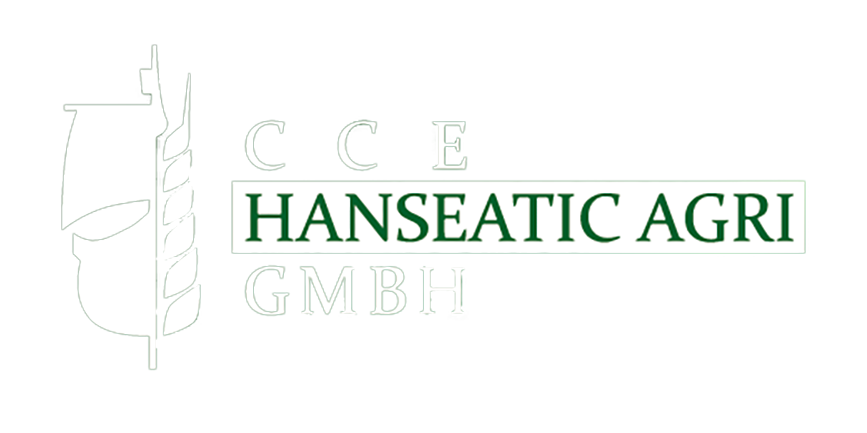In pet nutrition, understanding the creation of pet food is essential for ensuring the health and happiness of our pets. Transforming raw ingredients into the finished product —whether it’s nutrient-dense dry kibble or hydrating wet food—combines science with stringent quality controls.
This introduction to pet food manufacturing reveals the meticulous process behind our pets’ meals, underscoring the importance of quality ingredients and the sophisticated techniques used to produce food that meets and often exceeds, dietary standards.
Understanding the Basics
In the pet food market, it’s crucial to grasp how the industry caters to the complex nutritional needs of pets. Here’s what shapes the foundation of pet food production:
- Ingredient Quality: Selecting top-notch proteins, grains, and essential nutrients is pivotal for crafting balanced diets.
- Variety of Offerings: The range is vast, from dry kibble for convenience and shelf stability to wet foods for hydration and taste, plus specialized treats for extra care.
- Nutritional Precision: Tailored formulations address the unique requirements of pets at different life stages and health conditions.
- Safety and Standards: Adherence to strict regulatory guidelines ensures every product is safe and nutritionally sound.
This concise overview highlights the pet food industry’s commitment to delivering high-quality, nutritious options for our pets.
The Ingredients
Selecting the right ingredients is the cornerstone of producing both dry pet food and wet pet food that meets the nutritional needs of pets. The choice of ingredients determines the food’s nutritional profile, palatability, and digestibility. High-quality proteins, essential grains, vitamins, and minerals are meticulously chosen to create balanced and nourishing meals.
- Proteins: Meat, poultry, and seafood are primary protein sources, vital for muscle growth and repair.
- Grains and Cereals: Ingredients like corn meal, soybean meal, and barley provide energy and are essential for digestive health.
- Vitamins and Minerals: A mix of essential vitamins and minerals supports overall health, ensuring pets receive a complete nutritional profile.
- Specialty Ingredients: For wet pet food, ingredients are often more varied, including fresh meats and a higher moisture content for hydration.
Selecting ingredients reflects a deep understanding of pet nutrition, ensuring that every dry or wet meal contributes to a healthy, balanced diet.
The Manufacturing Process
The Pet Food Manufacturing Process is a testament to the precision and care that ensures our pets’ meals are nutritious but also safe and enjoyable. This complex procedure starts with selecting high-quality ingredients, which are then transformed through a series of steps into the final product seen on store shelves. Here’s a closer look at how it unfolds:
- Rendering: The first step involves separating protein sources into more manageable forms. This process is crucial for dry and wet pet food varieties, ensuring the protein is easily digestible.
- Mixing: Ingredients are then meticulously mixed. This blend includes meats, grains, vitamins, and minerals, aiming for a balanced nutritional profile.
- Cooking: For dry pet food, the mixture is cooked under high pressure and heat, a process known as extrusion. On the other hand, wet pet food is cooked at lower temperatures to preserve moisture and nutrient content.
- Forming: Post-cooking, the product is shaped into kibbles for dry food or filled into cans or pouches for wet food. This step is crucial for determining the food’s final texture and consistency.
- Quality Control: Quality control measures are in place during manufacturing to ensure safe, nutritious products that meet regulations.
- Packaging: The last step is packaging, designed to protect the food’s quality and extend its shelf life, making it ready for distribution to retailers and, ultimately, to pets’ bowls.
Quality Control and Standards
Maintaining stringent quality control and adhering to established standards is paramount in producing cat and dog food. This ensures that every pet food product meets and exceeds the nutritional and safety expectations set by regulatory bodies. The process involves several key steps, each designed to scrutinize and verify the quality and composition of the pet food:
- Ingredient Testing: Before any ingredient is used in manufacturing, it undergoes rigorous testing to ensure it is free of contaminants and meets quality specifications.
- Process Monitoring: Every step is closely monitored throughout the manufacturing process, from mixing to packaging. This includes checking temperatures during cooking and ensuring the machinery is clean and functioning correctly to prevent cross-contamination.
- Nutritional Analysis: Cat food and dog food are analyzed to confirm they contain the correct balance of nutrients. This is crucial for pet health, as imbalances can lead to health issues.
- Final Product Testing: Once the product is completed, it is tested again for nutritional accuracy, microbial safety, and shelf stability. This ensures that the food is safe for consumption and will last until the best-by date under normal storage conditions.
- Regulatory Compliance: All pet food must comply with regulations set as per the requirements of the Food and Drug Administration (FDA), the Association of American Feed Control Officials (AAFCO)), and other relevant authorities. These organizations set the minimum and maximum levels for nutrients and standards for labeling and advertising.
Packaging and Distribution
After the meticulous pet food processing, the next crucial steps for pet food manufacturers are packaging and distribution. These stages ensure the product reaches the consumer in the best possible condition, maintaining its nutritional value and freshness.
- Sealing and Protection: Sturdy bags resistant to tears and punctures are used for dry pet food, often with airtight seals to keep the contents fresh. On the other hand, wet pet food is typically packaged in cans, pouches, or trays that are hermetically sealed to preserve moisture and prevent spoilage.
- Labeling: Each package is clearly labeled with important information, including ingredients, nutritional facts, feeding guidelines, and expiration dates. This transparency is crucial for pet owners mindful of their pets’ dietary needs.
- Distribution Channels: Once packaged, the pet food is ready for distribution. Manufacturers collaborate with a network of distributors and retailers to ensure their products are widely available in pet stores, supermarkets, and online platforms.
- Quality Assurance: Even during distribution, the quality of the pet food is monitored to ensure that it remains in perfect condition during transit, storage, and until it reaches the consumer.
Conclusion
Understanding the complexities of pet food production highlights the necessity of using superior raw materials. Hanseatic-Agri is the best choice for sourcing raw materials for those looking to elevate their pet food quality. Offering high-quality yeast and more, Hanseatic-Agri is dedicated to enhancing pet nutrition and well-being.



